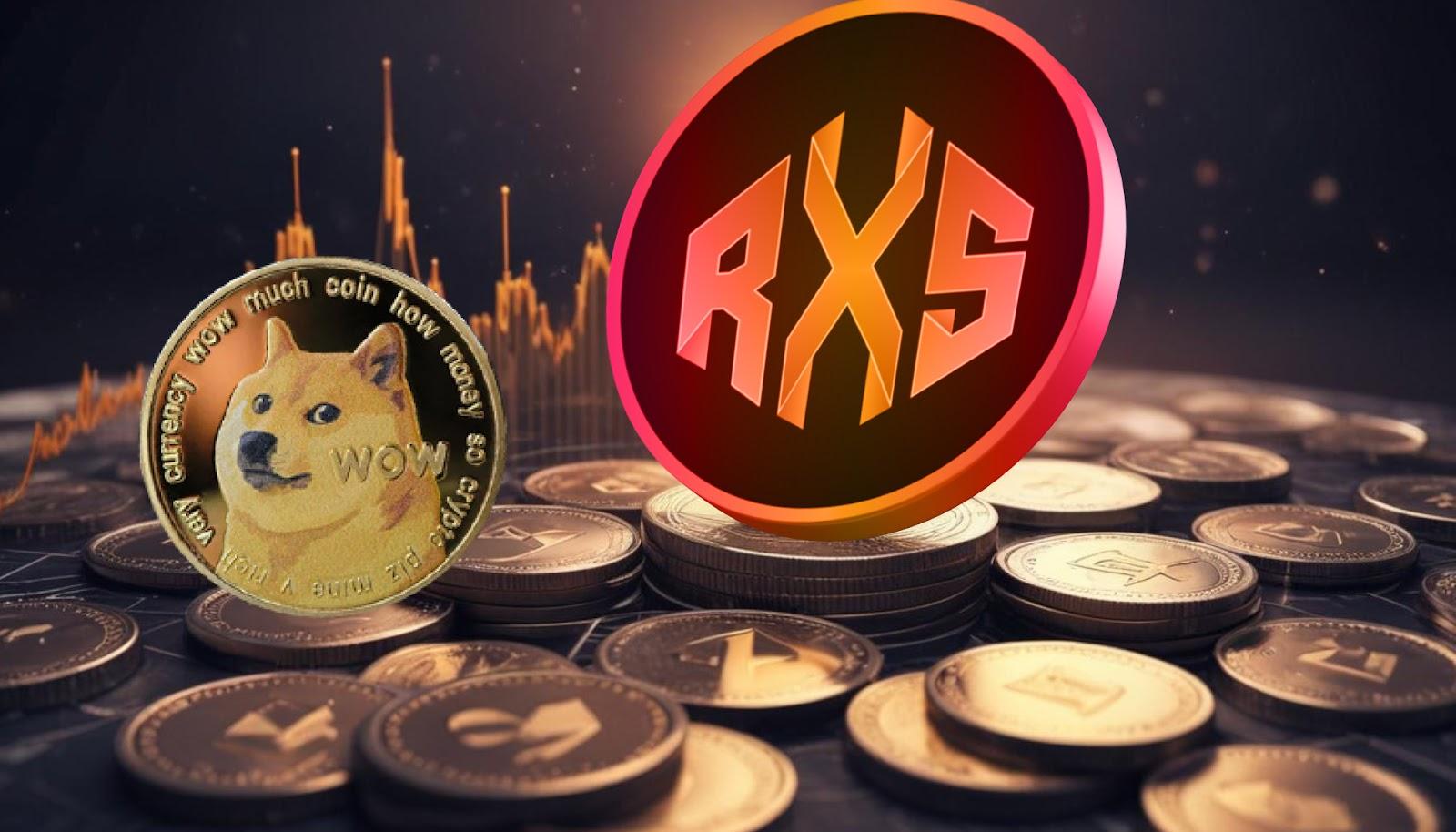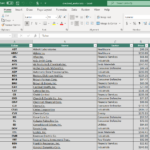Is Dogecoin’s Bull Run Over? Not Quite Yet, But Here’s Why You Should Still Sell DOGE for This Token in 2025


Dogecoin (DOGE) has been a fan favorite in the crypto market, experiencing massive surges and wild fluctuations over the years. As of today, Dogecoin is trading at $0.24, a slight 1.23% decrease in the last 24 hours. While it’s clear that the hype surrounding Dogecoin has slowed, its bull run may not be completely over just yet. However, experts suggest that now could be the perfect time to consider shifting your investment strategy. Rexas Finance (RXS), an altcoin with immense growth potential, is emerging as a more promising buy. Specializing in real-world asset tokenization, including real estate, gold, and artwork, Rexas Finance is set to disrupt the crypto market. RXS has captured investor confidence, with its final presale stage almost complete and over 90% of tokens already sold. A listing price of $0.25, positions it as a major player in the blockchain market. For those seeking long-term growth and higher returns, swapping DOGE for RXS could be the strategic move for 2025.
Dogecoin’s Future Still Looks Bright
Dogecoin (DOGE), currently priced at $0.24 may be seeing a dip at the moment, but it’s not done pumping just yet. Despite recent price fluctuations, Dogecoin remains one of the most recognized cryptocurrencies, with a solid foundation in the market. It benefits from high liquidity and a massive user base, which gives it resilience during market corrections. Additionally, the growing trend of altcoin adoption, alongside new integrations and use cases, could trigger renewed interest and further price action. As more businesses and platforms begin accepting Dogecoin for transactions, its utility could continue to drive demand, setting the stage for potential rallies in the future.
Rexas Finance: Transforming Investment Through Blockchain Innovation
Rexas Finance is revolutionizing RWA investment by leveraging blockchain technology to remove traditional barriers. By enabling global access to high-value asset markets, it empowers investors to participate in premium opportunities without requiring significant capital. Its fractional ownership model makes investing more inclusive and accessible.
The platform simplifies tokenization through the Rexas QuickMint Bot, allowing seamless asset digitization, while the Rexas Token Builder enables users to create custom tokens without technical expertise. Beyond asset tokenization, Rexas Finance offers a range of cutting-edge blockchain solutions. The Rexas Launchpad provides a secure, multi-chain platform for fundraising. GenAI utilizes artificial intelligence to generate unique NFTs. Rexas Estate is transforming real estate investment through fractional ownership, offering passive income opportunities with minimal upfront costs. By prioritizing accessibility and innovation, Rexas Finance is actively shaping the future of the digital economy. Its strong community presence on Telegram and Discord further cements its position as a leader in blockchain technology.
Rexas Finance Presale Surpasses $46.3 Million
Rexas Finance (RXS) continues to gain momentum, with its presale raising over $46.3 million in its final stage. The token price, which began at $0.03, has surged nearly sevenfold to $0.20, demonstrating strong investor confidence. Unlike traditional projects that rely heavily on venture capital, Rexas Finance follows a community-first approach, granting retail investors early access and an opportunity to share in its success.
Investor trust is reinforced by a successful CertiK audit, ensuring high standards of security and transparency. Listings on top data tracking platforms have expanded its visibility and upcoming launches on three major exchanges in 2025 are expected to drive further demand.
To celebrate its achievements, Rexas Finance is giving back to its community with a $1 million giveaway. Twenty lucky winners are set to each receive $50,000 as a token of appreciation for their early support. This initiative highlights Rexas Finance’s commitment to long-term growth and solidifies its standing as a dominant force in the evolving blockchain market.
In conclusion, while Dogecoin has potential, Rexas Finance (RXS) offers a more promising long-term opportunity with its focus on asset tokenization and impressive presale success. RXS is set to disrupt the market and offers strong growth potential for savvy investors.
For more information about Rexas Finance (RXS) visit the links below:
Website: https://rexas.com
Win $1 Million Giveaway: https://bit.ly/Rexas1M
Whitepaper: https://rexas.com/rexas-whitepaper.pdf
Twitter/X: https://x.com/rexasfinance
Telegram: https://t.me/rexasfinance
Disclaimer: The views and opinions presented in this article do not necessarily reflect the views of CoinCheckup. The content of this article should not be considered as investment advice. Always do your own research before deciding to buy, sell or transfer any crypto assets. Past returns do not always guarantee future profits.




















